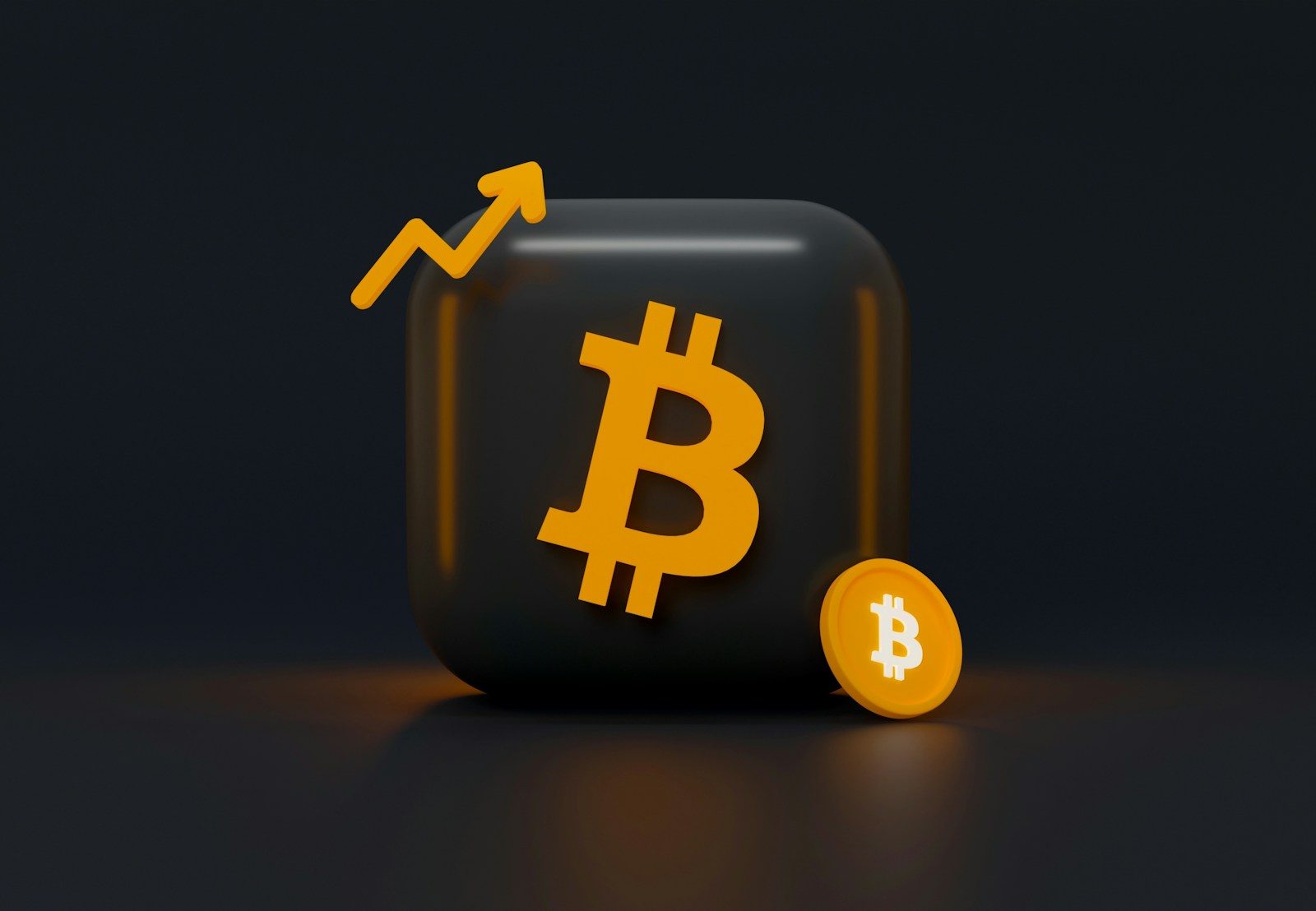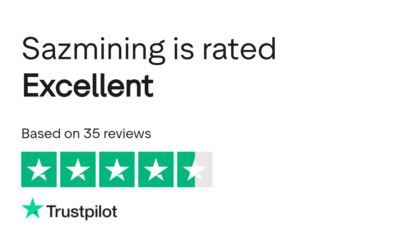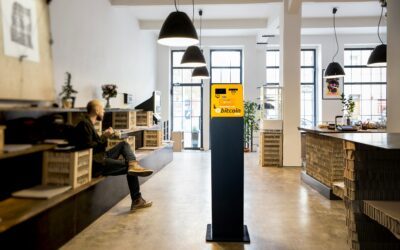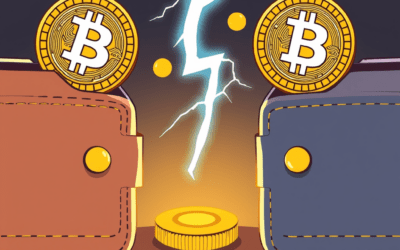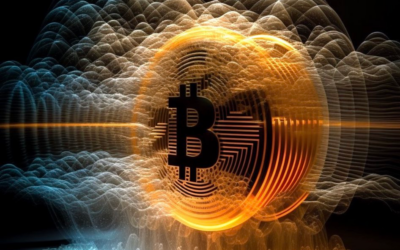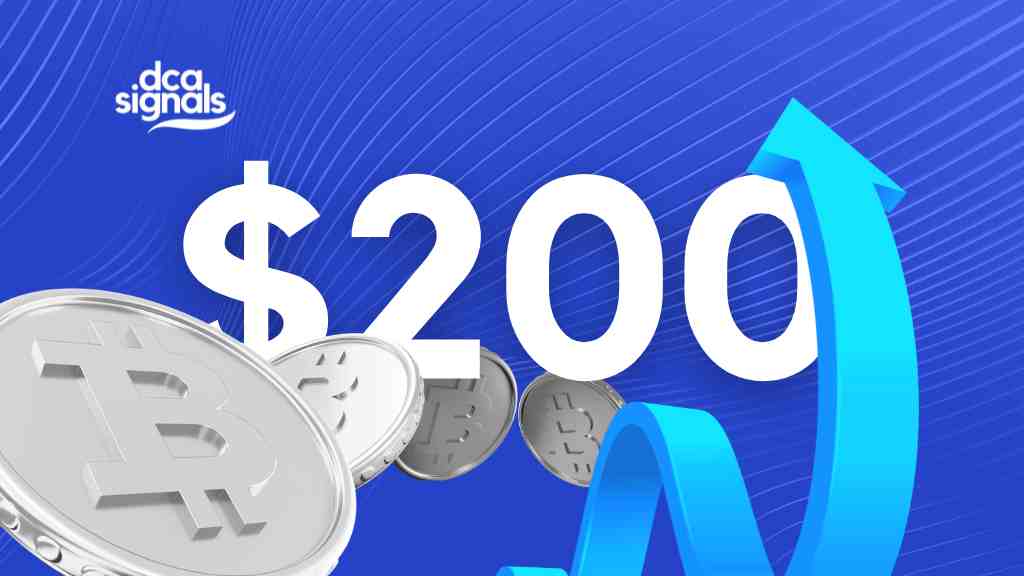Bitcoin mining profitability has always been a big question in the Bitcoin community. So how profitable is mining now?
If investing in Bitcoin through a simple dollar-cost averaging (DCA) method sounds appealing, understanding how mining profitability works can deepen your appreciation for the technology and economics behind Bitcoin.
And perhaps, bitcoin mining profitability will convince you to get started.

What Is Bitcoin Mining Profitability?
Bitcoin mining profitability refers to how much money you can make by validating Bitcoin transactions and earning newly minted bitcoins as a reward.
But mining is not just about plugging in a machine and watching Bitcoin appear. It’s an energy- and technology-intensive business where margins are razor-thin and success hinges on smart decisions.
The 2024 Bitcoin Halving: Why It Matters
Every four years, the Bitcoin network halves the block reward miners receive. In April 2024, the reward dropped from 6.25 BTC to 3.125 BTC per block. This halving event means miners now earn half as many bitcoins for the same amount of work.
For investors using DCA to steadily accumulate Bitcoin, this halving underscores why scarcity—and thus Bitcoin’s potential value—can increase over time. For miners, it means profitability depends more than ever on efficiency.
Key Drivers of Bitcoin Mining Profitability in 2025
1. Hardware Efficiency Is Crucial
Mining’s backbone is the hardware — specialized machines known as ASIC miners. Top models like the Antminer S19 XP and WhatsMiner M50S++ offer around 140 terahashes per second (TH/s) with energy efficiencies around 21.5 joules per terahash (J/TH).
Lower efficiency or older machines are often unprofitable unless paired with virtually free electricity, which is rare. For someone invested in Bitcoin through DCA, understanding this sharp technological arms race highlights why the Bitcoin network remains secure and competitive.
2. Electricity Cost: The Game Changer
Electricity is by far the biggest operational cost in mining. Mining profit potential is strong at rates below $0.04 per kilowatt-hour (kWh). Above $0.08/kWh, mining generally becomes unprofitable.
Many successful miners partner with hosting facilities that leverage renewable, low-cost hydro or wind power in energy-rich areas. This approach not only boosts profitability but also keeps mining sustainable—an important factor for the future of Bitcoin and our planet.
3. Bitcoin Price vs. Mining Cost
In 2025, the cost to mine one Bitcoin ranges roughly between $26,000 to $50,000 depending on hardware and energy costs. With Bitcoin price hovering between $90,000 and $105,000, smart miners can still find handsome margins.
For beginner investors focused on DCA, this dynamic means mining economics support Bitcoin’s value as a scarce digital asset—reinforcing the confidence to accumulate Bitcoin steadily over time.
Why Home Mining Is Hard to Profit From Today
If you’re thinking of mining Bitcoin at home with residential electricity, beware. Electricity prices in many regions hover around $0.12 to $0.16 per kWh, making home mining costly.
A single high-performance mining rig might net $300 to $500 per month after costs in ideal conditions. But at home, with expensive power, profitability evaporates quickly. That’s why most serious miners operate at scale or use specialized hosting facilities.
The Takeaway for Bitcoin Investors and DCA Savers
If earning Bitcoin through mining sounds exciting, remember it’s a high-stakes optimization game. Success requires:
- Efficient, up-to-date mining hardware,
- Access to very low-cost electricity (preferably renewable),
- Operating at scale or through professional hosting.
For beginner investors focused on DCA savings, mining profitability details reveal why Bitcoin’s monetary supply is tightly controlled and why its network remains strong. It’s a reminder that Bitcoin’s value comes from a complex, competitive foundation — and why your steady accumulation strategy is backed by real technological and economic forces.
Bitcoin mining profitability isn’t for everyone, but understanding it helps all Bitcoin investors appreciate the robust infrastructure behind their digital savings.
Keep stacking sats confidently with DCA—and know that beneath the surface, miners keep the network running strong.

